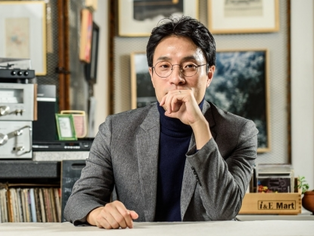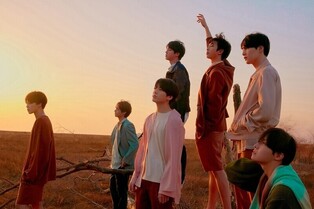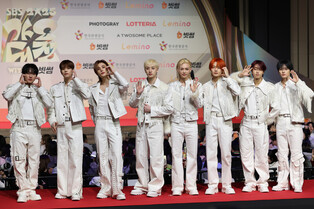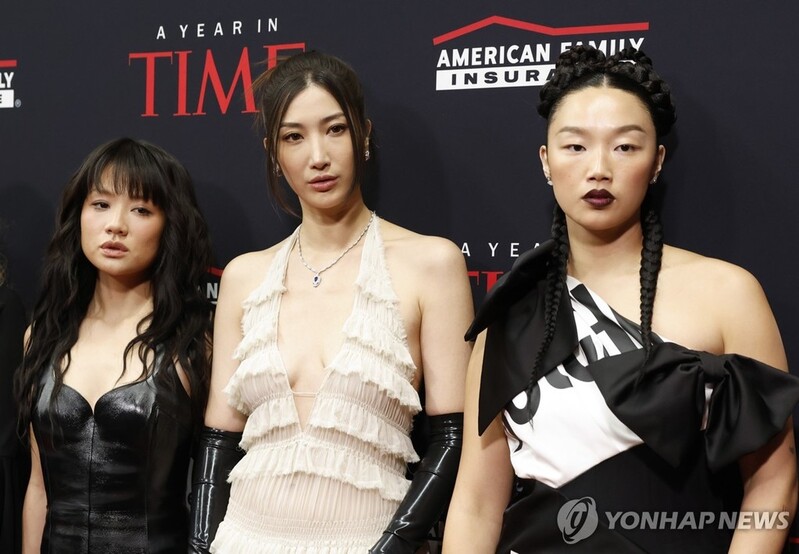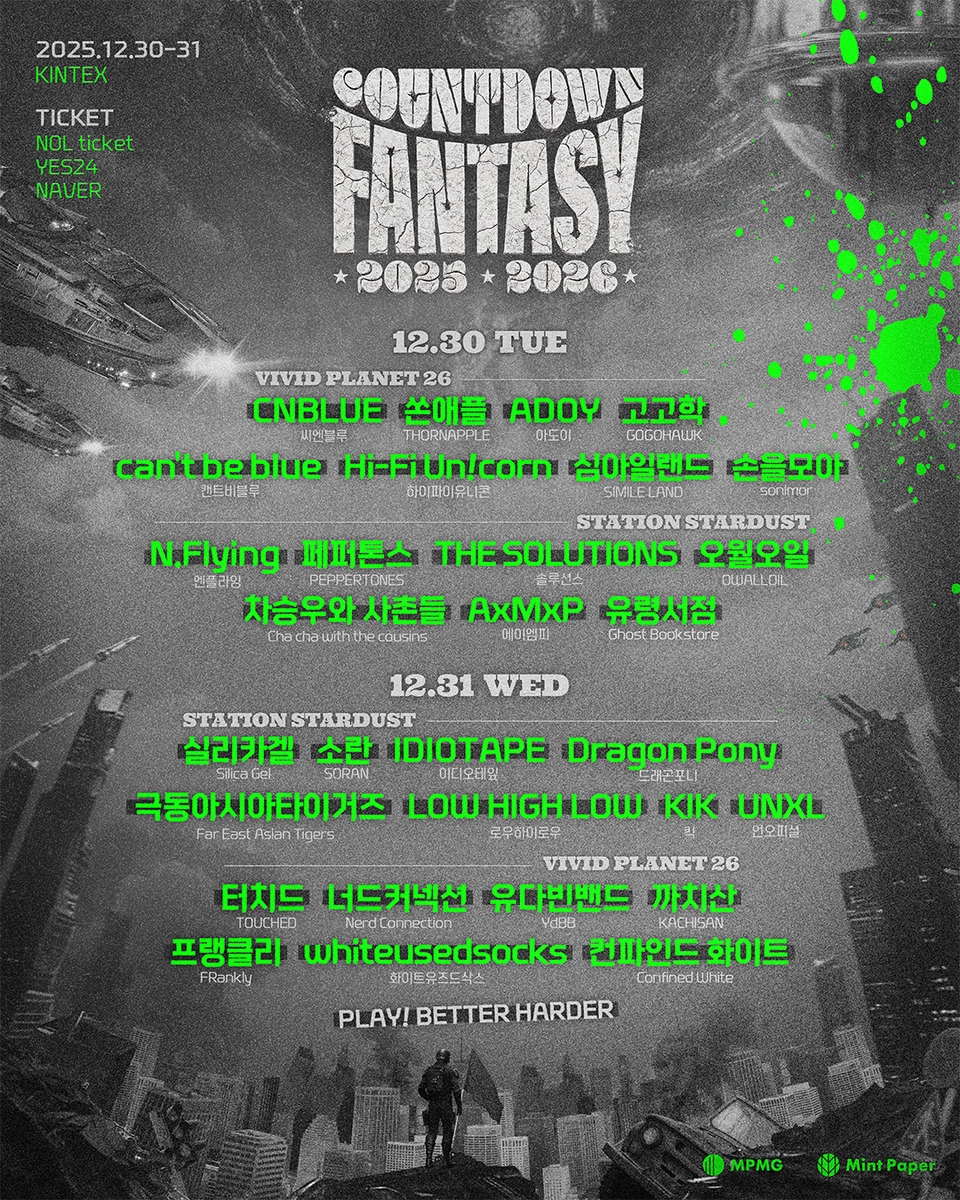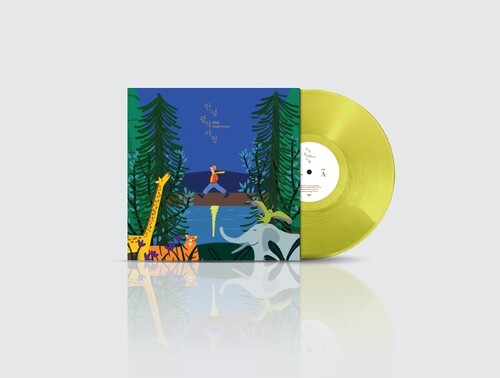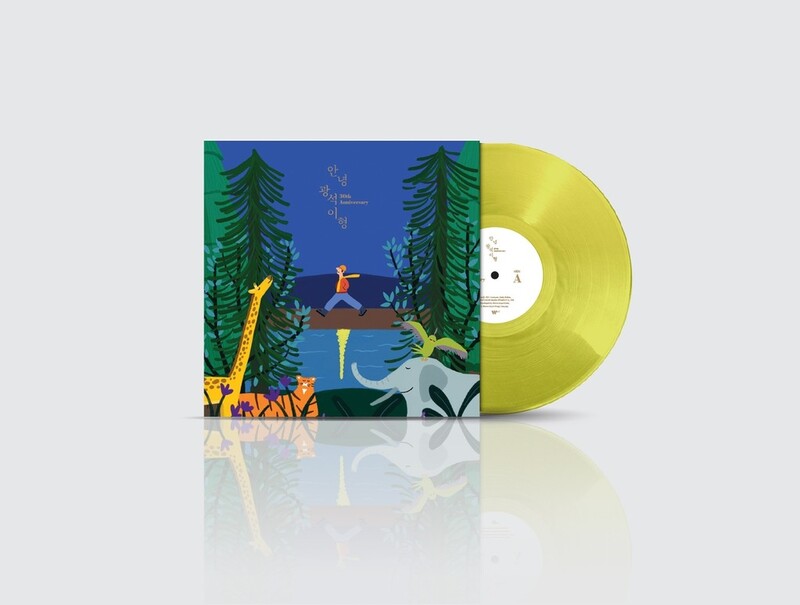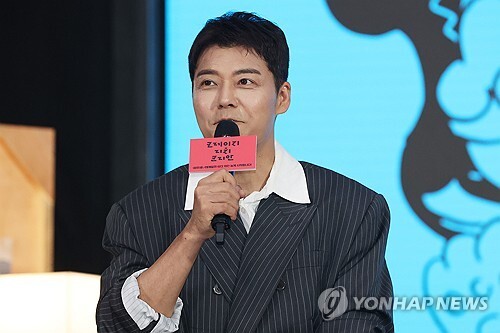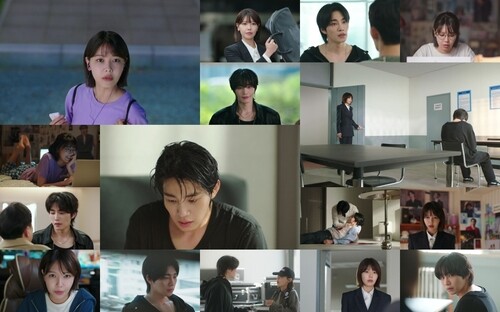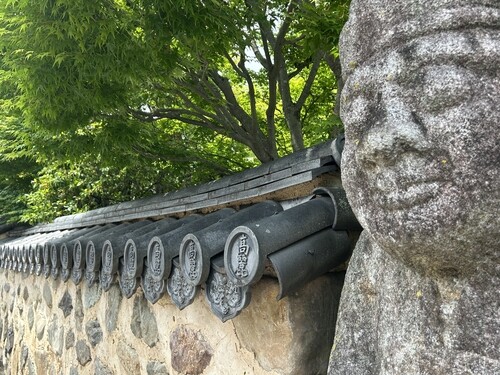 |
| ▲ This photo shows the entrance to the Koryo Museum, nestled in a quiet residential neighborhood in northern Kyoto, Japan. (Yonhap) |
KYOTO, Japan, May 20 (Yonhap) -- Nestled in a quiet residential neighborhood in northern Kyoto, a short drive from Kyoto Station, lies a place that draws steady streams of visitors: the Koryo Museum.
Welcoming guests with familiar Korean-style stone walls and statues, the museum is a rare space in Japan dedicated solely to Korean cultural heritage, including Goryeo celadon, Buncheong ware, Joseon white porcelain, paintings, and crafts.
“This museum is like a mother's embrace — a space to share and honor Korean cultural heritage within Japan,” said Jung Hee-du, president of the public interest foundation that runs the museum, in an interview on May 15.
Founded by the late Korean-Japanese businessman Chung Jo-mun (1918–1989), the Koryo Museum houses more than 1,700 pieces of Korean cultural relics he personally collected. A native of Yecheon, North Gyeongsang Province, Chung began collecting Korean artifacts after encountering a Joseon-era white porcelain jar in 1955 at an antique store in Kyoto.
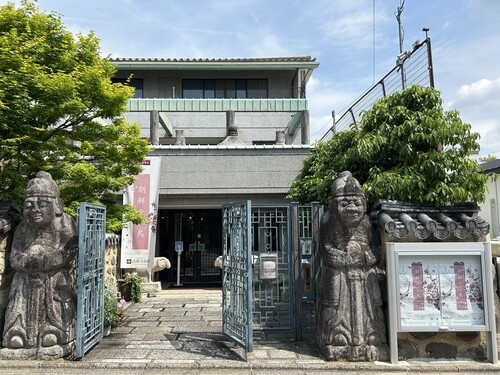 |
| ▲ This photo shows the entrance to the Koryo Museum, nestled in a quiet residential neighborhood in northern Kyoto, Japan. (Yonhap) |
In 1969, he established the Joseon Culture Company and published 50 issues of the quarterly journal Joseon Culture in Japan. In 1988, he donated his home and collection to found the museum.
According to the Encyclopedia of Korean Culture by the Academy of Korean Studies, the Koryo Museum holds significance as the only overseas museum exclusively exhibiting Korean cultural heritage.
After Chung’s passing, his eldest son, Jung Hee-du, took over the operation of the museum and its research institute, continuing to host two to three exhibitions annually.
“This museum itself is a piece of history and carries deep meaning,” said Jung. “Having a space dedicated to Korean heritage in a city like Kyoto — a symbol of Japanese culture — is the greatest legacy my father left behind.”
He added that his father believed having a space in Japan that acknowledged and showcased other cultures was a vital step toward becoming a true global citizen.
The museum displays deep care and attention throughout its halls. The first floor houses artifacts including embroidered folding screens, celadon pieces, and lacquerware. It also showcases historical items related to the Joseon Tongsinsa (Korean envoys to Japan), which were added to UNESCO’s Memory of the World Register in 2017.
On the second floor, visitors can see an old photograph of Chung cradling the porcelain jar that changed his life, alongside recreated scenes of daily life from the past. In the museum’s garden, pagodas, stone figures, and traditional pottery reflect decades of personal dedication.
Among the collection, the white porcelain jar Chung purchased in 1955 holds particular significance. Bought for 500,000 yen at the time — a considerable sum — it took him a year to pay off, but it set the course for his lifelong mission.
“It’s an extraordinary jar that draws you in every time,” said Jung. “It dates back to the late 17th century, right after the Japanese and Manchu invasions, symbolizing Korea’s resilience and revival.”
This year marks the 60th anniversary of Korea-Japan diplomatic normalization, lending special meaning to the museum’s presence.
“Korea and Japan cannot simply sever ties or split their cultural histories,” Jung said. “The existence of Korean heritage in Japan can itself be a step toward change.”
He expressed concern over the lack of intellectuals who can bridge the two countries. His father once exchanged ideas with prominent Japanese author Ryotaro Shiba and organized tours of Korean heritage sites in Japan in the 1970s.
“Many first-generation Korean-Japanese and their Japanese intellectual counterparts have now passed away,” he said. “We need sustained, cross-generational exchanges in all fields, from culture to history.”
Jung hopes the museum can become a space where younger generations take a step closer to understanding their roots.
Despite 37 years of operation, the museum continues to face financial challenges. According to its financial statement from March 2024, the museum’s net assets for 2023 stood at approximately 451 million yen (about 4.33 billion won), down around 70 million won from the previous year.
With over 1,700 artifacts to preserve and manage, the costs are significant. While about 200 patrons in Japan support the museum, funding remains limited.
“There are many parts of the museum that require maintenance and many cultural items that need restoration,” Jung said. “Proper preservation using traditional techniques often costs ten times more than the purchase price.”
Still, he remains committed to the museum’s mission.
“This museum is a place to find one's roots,” Jung emphasized. “Whether you're Korean, Japanese, or a Korean living in Japan, I hope everyone remembers the meaning of that heritage — to reflect on why our people came to Japan and how we have lived here.”
(C) Yonhap News Agency. All Rights Reserved







